obtained 15:53:55UT.
obtained 16:09:21UT.
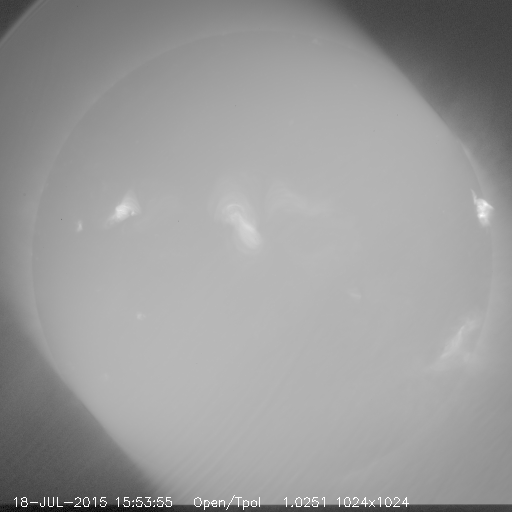
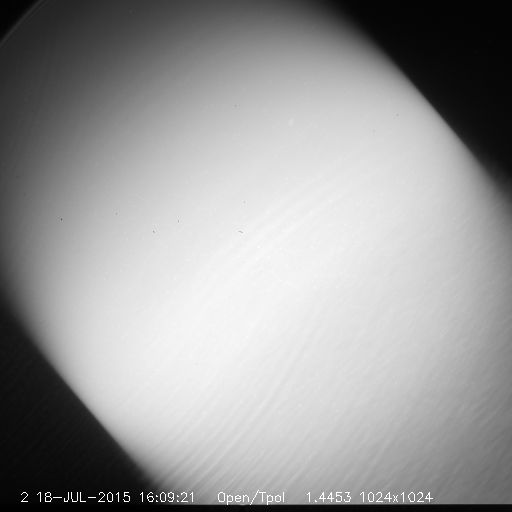
| Composite image before corr. obtained 15:53:55UT. |
Stray light image. obtained 16:09:21UT. |

|

|
| Corrected image 1. | Corrected image 2. |
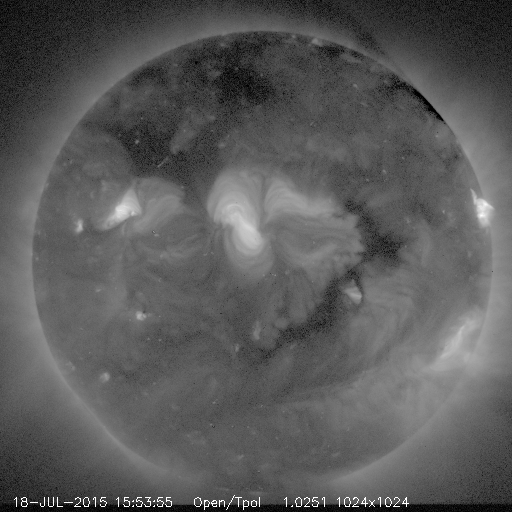
|
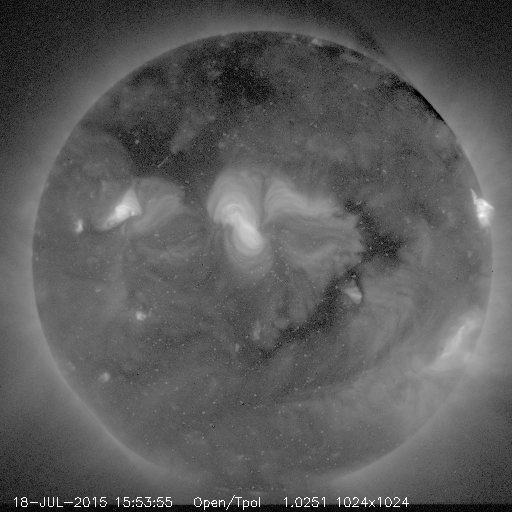
|
| Corrected image 3. | Corrected image 4. |
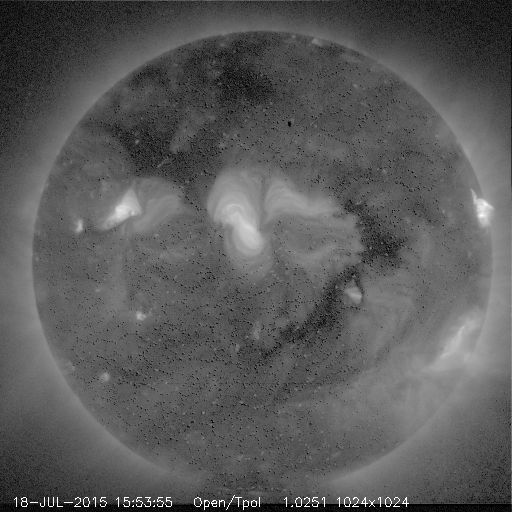
|
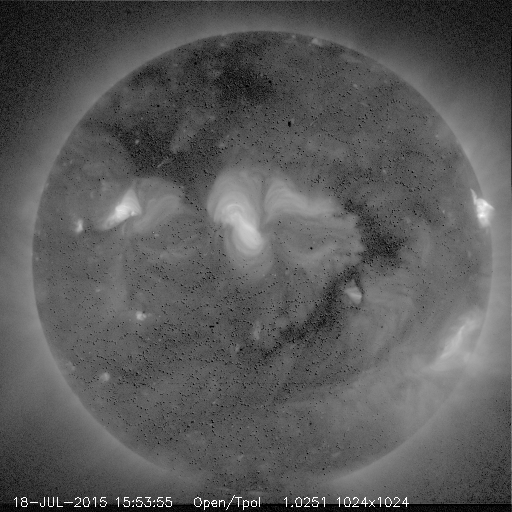
|
From the coalignment data base,
IDL> center_comp=[iicomp0.xcen,iicomp0.ycen]
IDL> print,center_comp
-25.013788 21.171164
IDL> center_stray=[ii_stray.xcen,ii_stray.ycen]
IDL> print,center_stray
-25.412954 19.968815
IDL> sft_xy=center_stray-center_comp
IDL> print,sft_xy
-0.39916611 -1.2023487
| Corrected image 5. |
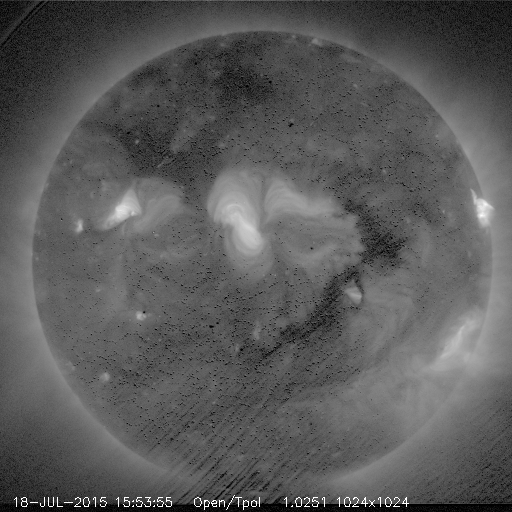
|
[summary]
Image 1: spots & wood-ring best corrected, but diagonal band edges not removed.
(--- the best among 5)
Image 2: white spots appeared, diagonal band edges not removed.
Image 3: white spots & enhanced dusts, diagonal band edges perfect.
Image 4: enhanced dusts, diagonal band edges perfect.
Image 5: enhanced dusts, wood-ring enhanced, diagonal band edges perfect.
- short : 16ms - medium: 354ms - long_1: 1024ms - long_2: 1024msIn response to these 4-image sets of Ti-poly synoptics, a special composite making procedure, MK_XRT_TPCOMP4.PRO was prepared. This procedure works :
1) PREP all 4 images (long1, long2, medium, short), normalize intensity. 2) take average of long1 and long2 and make a map of saturated pixels and telemetry dropped frames. 3) replace the saturated/dropped pixels with those of medium and short images'.Comparing 3- and 4-image composites (Javascript movie)